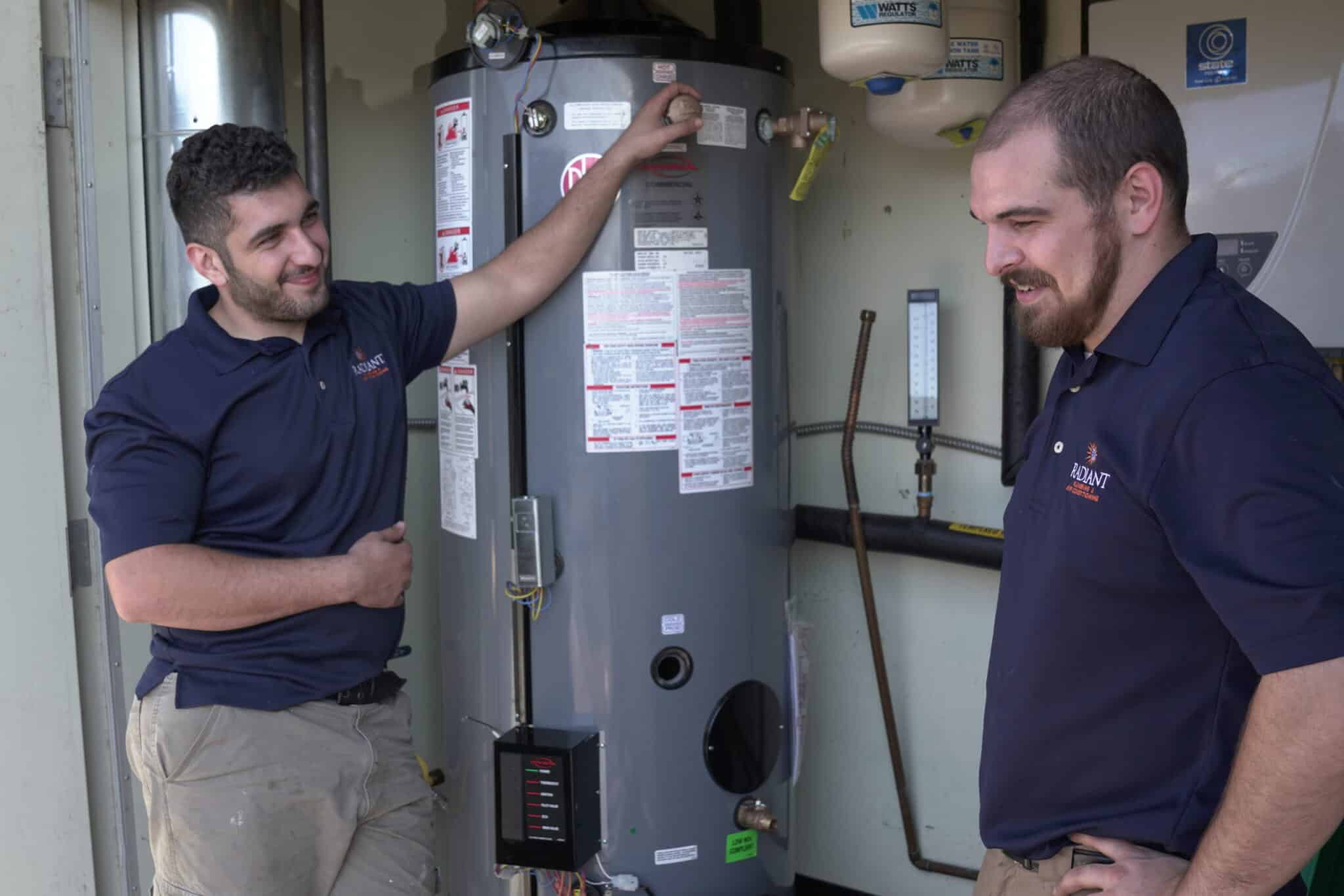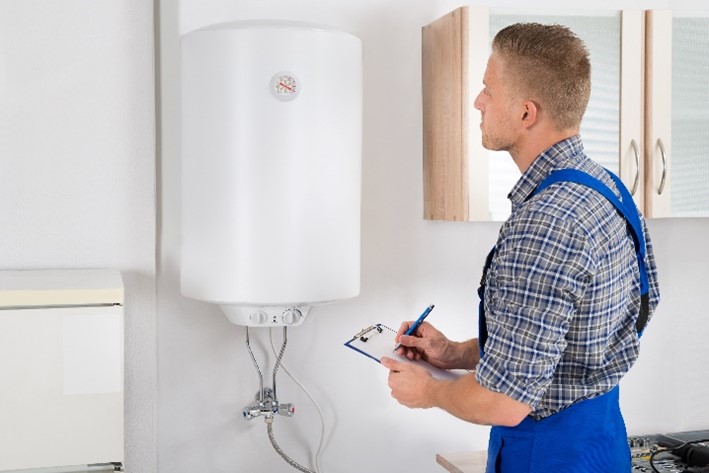Key Maintenance Strategies for Your Home's Hot Water SystemEasy Guide to Maintaining Your Home's Hot Water System
Key Maintenance Strategies for Your Home's Hot Water SystemEasy Guide to Maintaining Your Home's Hot Water System
Blog Article
What are your opinions on How to Maintain a Hot Water Heater in a Few Simple Steps?

Warm water is necessary for everyday comfort, whether it's for a rejuvenating shower or cleaning meals. To guarantee your hot water system runs effectively and lasts longer, routine maintenance is essential. This short article offers practical tips and understandings on just how to maintain your home's hot water system to avoid disturbances and pricey repair work.
Intro
Maintaining your home's hot water system might appear complicated, but with a few basic actions, you can ensure it operates efficiently for several years to find. This guide covers everything from understanding your hot water system to DIY upkeep ideas and understanding when to call specialist assistance.
Significance of Maintaining Your Warm Water System
Routine maintenance not just prolongs the life expectancy of your warm water system however additionally ensures it operates successfully. Ignoring maintenance can bring about reduced performance, greater energy costs, and also premature failing of the system.
Indications Your Hot Water System Demands Maintenance
Knowing when your hot water system requires interest can prevent significant issues. Keep an eye out for indications such as irregular water temperature, odd noises from the heating system, or rustic water.
Understanding Your Warm Water System
Before diving right into maintenance jobs, it's useful to recognize the fundamental elements of your hot water system. Normally, this includes the hot water heater itself, pipes, anode rods, and temperature level controls.
Regular Monthly Upkeep Tasks
Routine month-to-month checks can assist capture minor concerns before they intensify.
Purging the Water Heater
Purging your water heater removes debris buildup, enhancing effectiveness and lengthening its life.
Checking and Changing Anode Rods
Anode rods stop corrosion inside the storage tank. Evaluating and replacing them when broken is crucial.
Checking and Readjusting Temperature Setups
Adjusting the temperature setups ensures ideal performance and security.
Do It Yourself Tips for Upkeep
You can carry out a number of upkeep tasks yourself to maintain your warm water system in top problem.
Checking for Leakages
On a regular basis inspect pipes and links for leakages, as these can bring about water damages and higher expenses.
Checking Stress Relief Valves
Evaluating the stress safety valve ensures it functions correctly and stops too much stress buildup.
Insulating Pipelines
Insulating hot water pipes minimizes warmth loss and can conserve power.
When to Call a Professional
While DIY maintenance is useful, some problems need expert expertise.
Facility Problems Needing Expert Aid
Instances consist of major leaks, electrical problems, or if your hot water heater is continually underperforming.
Regular Expert Maintenance Benefits
Professional maintenance can include extensive assessments, tune-ups, and making sure compliance with safety criteria.
Conclusion
Regular upkeep of your home's warm water system is crucial for performance, long life, and price financial savings. By adhering to these pointers and recognizing when to look for specialist aid, you can make sure a trustworthy supply of hot water without unexpected disruptions.
Water Heater Maintenance Tips
Test the TPR Valve
Shut off the power and the cold-water supply valve. Place a bucket under the pipe connected to the temperature-pressure-release (TPR) valve on the top or side of the tank. (This valve opens if the tank pressure gets too high.) Lift the valve’s tab to let some water out, then let go. If water keeps flowing, drain the tank partway, unscrew the old valve with a pipe wrench, and install a new one. Check the Anode Rod
Put a hose to the tank’s drain cock and let out a few gallons of water. Now fit a 1 1/16-inch socket onto the rod’s hex head on top of the heater (or under its top plate) and unscrew the rod. If it’s less than ½ inch thick or coated with calcium, buy a new one, wrap its threads with Teflon tape, put it back in the tank, and tighten securely. Use this segmented rod if headroom above the tank is limited. Drain the Tank and Wash Out Sediment
Drain the remaining water in the tank into the bucket, then stir up the sediment on the tank’s bottom by briefly opening the cold-water supply valve. Drain and repeat until clean water comes out of the hose. Close the drain cock, refill the tank, and turn its power back on. Adjust the Temperature
Find the temperature dial on the side of the tank and unscrew its cover. Adjust the dial to 120 degrees using a flathead screwdriver. For every 10 degrees the temperature is lowered, you can expect to save up to 5 percent in energy costs. Turn the water heater off or the thermostat down to its lowest setting if you plan to be away from home for more than three days. Insulate the Pipes
Buy some self-sticking 3/8-inch-thick foam pipe insulation that matches the pipes’ diameter. Slide the foam over the hot-and cold-water pipes as far as you can reach. Insulating the cold-water pipe prevents condensation in summer. Peel the tape and squeeze the insulation closed. If the pipe is 6 inches or less from the flue, cover it with 1-inch-thick unfaced fiberglass pipe wrap. https://www.thisoldhouse.com/plumbing/21016402/how-to-maintain-a-water-heater

I was introduced to that report on Tips For Maintaining Your Hot Water Heater from an acquaintance on our other web address. I beg you pause to distribute this page if you enjoyed it. I cherish your readership.
Click Here Report this page